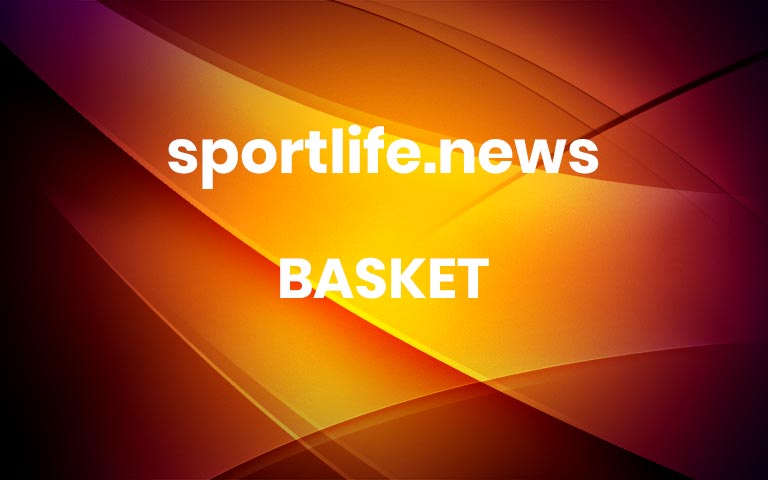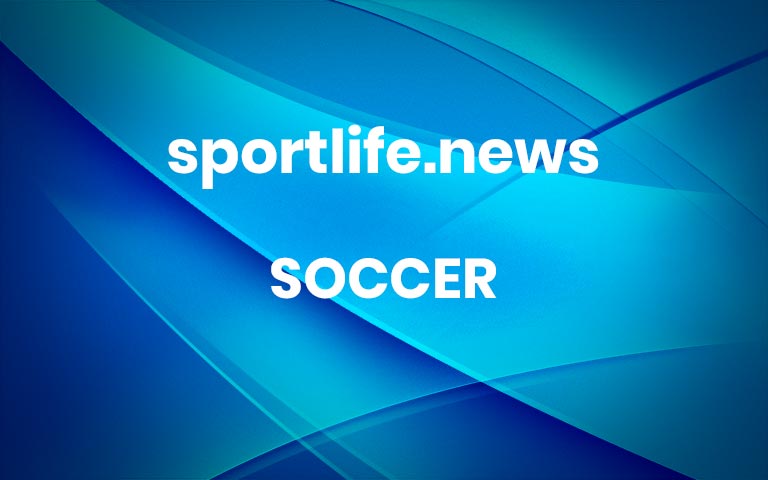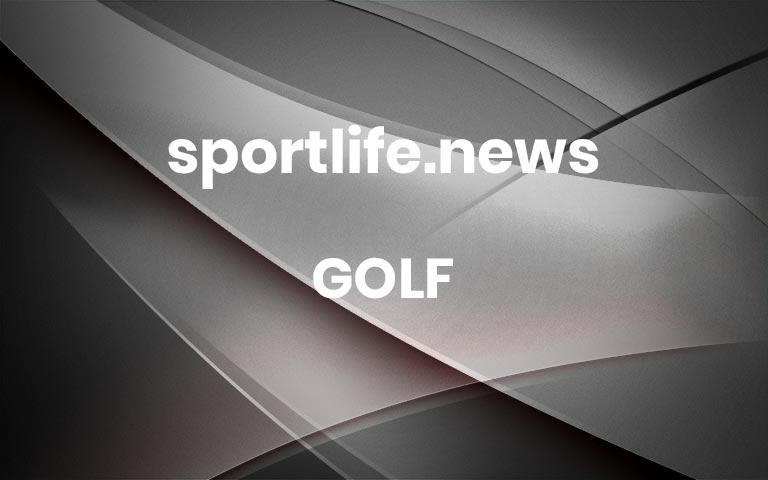DENVER — It was 1976, 39 years before the arrival of Nikola Jokic, when the Denver Nuggets had their last best chance to win a championship.Hair was big, shorts were small. The ball was red, white and blue. The Nuggets had the American Basketball Association’s best record, again, and a roster with three future Hall of Famers.But the New York Nets had Julius Erving, who led them to an upset in the finals. As the fans at the Nassau Coliseum rushed the court, the announcer shouted, “It’s pandemonium!” Because it was the 1970s, and of course he did.Not to worry, Nuggets fans. There would be more chances. Oh, so many chances.The Nuggets are up to their 38th postseason chance now. No current team in major American pro sports has been to the playoffs so many times without winning a championship, according to Elias Sports Bureau.That might make the Nuggets the best franchise to never win it all.There are sadder teams in American sports, some with longer championship droughts and in decaying cities that could use more luck than Denver. For most of their titleless years, the Nuggets were good, and they were fun. They just cannot get the ending right.The next best chance for the Nuggets comes now, eight years after the Denver arrival of Jokic, the two-time reigning most valuable player. Behind the 6-foot-11-inch human Swiss Army knife, the Nuggets earned the No. 1 seed in the N.B.A.’s Western Conference for the first time.Rocky, the team mascot, has been a well-known part of the Nuggets since 1990. These days, though, the most beloved Nugget is Nikola Jokic. Theo Stroomer for The New York TimesMaybe this is the year. A city awaits.For now, the ghosts of “almost” are everywhere.They are in Lot C next to the football stadium. They are at the downtown performing arts center at 13th and Champa.And they are in the current arena, near the confluence of the South Platte River and Cherry Creek, where 19th-century miners set off the Colorado gold rush that would shape a city and a state and, one day, give a basketball team its name: Nuggets.A Miner With a PickaxStart in 1974, or 41 B.J. (Before Jokic). That’s when Carl Scheer arrived in Denver as general manager, with a friend and coach named Larry Brown. They came to invigorate a seven-year-old A.B.A. franchise called the Rockets.“Larry and I both felt that Denver was like a sleeping giant,” Scheer told a Denver magazine in 1979. “It was just beginning to shed its Old West, cowtown image.”The Rockets played downtown, at Auditorium Arena. It was part of a massive blond-brick complex completed in 1908, in time for that year’s Democratic convention. (William Jennings Bryan, if you must know, was on his way to losing the presidential election a third time.)The arena might be most famous as the site of Led Zeppelin’s first American concert in 1968. (A newspaper reviewer was not impressed by Robert Plant’s singing or John Bonham’s drumming.) Less famously, two nights later, the Rockets beat the Los Angeles Stars.The Nuggets were a middling American Basketball Association team in 1972 when they hosted Kareem Abdul-Jabbar and the N.B.A.’s Milwaukee Bucks in an exhibition game. Four years later, the Nuggets were a powerful force in the N.B.A. Associated PressThe Rockets had some good players, like Spencer Haywood his rookie year, but went through five coaches in five seasons. By 1974, they needed a reboot. And the name had to go, if Denver hoped to ever play in the N.B.A. There already were Rockets, in Houston.Where to find a name? In the 1930s, Denver had a top amateur team called the Nuggets. That team eventually became part of the National Basketball League, which combined with the Basketball Association of America in 1949 to form the N.B.A. The Denver Nuggets were one of the 17 original N.B.A. teams — the worst one. They did not return for a second season.But in August 1974, Scheer unveiled a new/old name and a logo: a bearded cartoon miner holding a pickax in one hand and a basketball in the other. He wore tube socks and a prospector’s hat with a flipped-up brim sporting a “D.”The groovy new Nuggets struck gold. That first team went 65-19. It lost the division finals.But things moved fast, and the Nuggets moved up. In 1975 came a new home, McNichols Arena, named for a mayor. The first show was a Lawrence Welk concert; the best show was the Nuggets. They a-one and a-two’d their way to a 28-game home winning streak on their way to the league’s best record.They had Dan Issel, a charging, gaptoothed forward they called the Horse. They had the rookie David Thompson, a gravity-testing guard they soon called Skywalker, like the hero in “Star Wars.” They had Bobby Jones, the slick defensive forward with shooting touch. All three would go to basketball’s hall of fame.Denver hosted the 1976 A.B.A. All-Star Game, and Scheer created a slam-dunk contest. (“To take the pressure off the backboards and rims, we’re going to alternate sides,” the public-address announcer said, in perfect Barnum-ese.) Artis Gilmore, George Gervin, even Thompson couldn’t keep up with Dr. J.That spring, Erving led the Nets to an upset of the Nuggets in the last A.B.A. final.In 1976, the Nuggets had three future Hall of Fame players and the A.B.A.’s best record, but they were upset in the league finals by Julius Erving and the New York Nets. Weeks later, both franchises were invited to join the N.B.A. Manny Millan/Sports Illustrated via Getty ImagesIt would be hard to fathom that the Nuggets would never return to a league finals. That off-season, the summer of the nation’s bicentennial and Colorado’s centennial, the N.B.A. added four A.B.A. teams. Denver was the prize.They were 52-30 during their first N.B.A. season, including 36-5 at home. They lost their first playoff series. But they made the postseason 11 more times in the next 13 years.Every time, they fell short.“There are 22 teams in this league,” Scheer said in 1979, “and to be the champion you need good luck and good fortune. The most important thing is to stay competitive year after year, and then hope that you get luck and momentum going for you at the right time.”The right time never seemed to come.Issel, Several Other Guys, and IsselLot C is on the southwest corner of the second-generation football stadium that everyone still calls Mile High.There is no sign that McNichols Arena once squatted here. Big Mac, people called it, and it was kind of shaped like a burger.There is no foul line where Dr. J took off for his most momentous dunk in 1976, no marker stating that this was the home of the original Colorado Rockies (an N.H.L. franchise that left to become the New Jersey Devils), no hint of the sideline that Nuggets Coach Doug Moe patrolled for more than a decade in his disheveled, profanity-laced glory.There is no plaque commemorating the 1990 Final Four (U.N.L.V.) or the first Ultimate Fighting Championship in 1993. Nothing to note all the big-name rock concerts, the indoor-soccer franchise (the original Avalanche), the arena-football team.Just pavement.But there is a view. Looking east from Lot C is the Denver skyline — the gold-domed state capitol, 17th Street’s “Wall Street of the Rockies” lined with towers built of oil money, the skyscraper on Broadway meant to evoke a cash register.The skyline looks nothing like the Lego-like one on the Nuggets’ rainbow-colored uniforms from the 1980s. Divisive at the time — Where is the miner?— they are now the N.B.A.’s coolest throwbacks, evoking the go-go era of Moe’s high-scoring teams.Caramia Casias and Carter Beller wear Nuggets gear inspired by the 1980s versions of the Nuggets jersey.Theo Stroomer for The New York TimesTheo Stroomer for The New York TimesAll nine of Moe’s teams, through the 1980s, made the playoffs. In 1982-83, they averaged 123.2 points per game despite making only 24 3-pointers. The next season, they played the highest-scoring game in league history.“No one believes that we had zero plays on offense, but Doug would just scream at you, ‘Don’t hold the ball!’” Bill Hanzlik, who played on those teams, said. “It was pass, move, cut. That style of ball was fast, up and down, and we dominated at home. Fans really loved it.”Great players came and went. Alex English arrived to become the team’s career leading scorer. Thompson was traded amid headlines of cocaine addiction. Kiki Vandeweghe was traded for Fat Lever, Calvin Natt and Wayne Cooper. Through it all was Issel, the Horse, the best-known Denver athlete before Elway got rolling in the stadium next door.“The Nuggets were as popular as the Broncos,” said Vic Lombardi, who grew up in Denver, was a Nuggets ball boy in the 1980s and became a local sportscaster and radio personality. “They were just as successful, just as competitive and got just as much attention.”The teams shared a habit of being great to watch but not good enough to win in the end. The Broncos rattled the old stadium in the fall, aspirations crumbling in January. The Nuggets raced down the court on cold winter nights, their hopes melting in the spring.In 1990, they finished 43-39. Things seemed fine, in a Groundhog Day kind of way.But the Nuggets fired Moe — the start of 12 coaching changes in 15 years. If you believe in sports jinxes, Moe’s firing might be one.Or if you believe in phantoms, consider the gutting of the old Auditorium Arena about the same time.The interior was turned into the lavish Buell Theater. And on the same snowy November Friday night that the theater opened to rave reviews with “The Phantom of the Opera,” the Nuggets were at McNichols, opening the season with the first of 58 losses — 120 losses over a two-year stretch. They were more cursed than Carlotta.Dikembe Mutombo was a bright spot for the Nuggets in the 1990s, when the long-stable franchise had eight coaching changes and a string of forgettable seasons. Nathaniel S. Butler/NBAE, via Getty ImagesThe rest of the 1990s did not go well. The skyline jersey was ditched. There was an anthem flap, a brief Dikembe Mutombo-led resurrection, and eight coaching changes that began and ended with Issel.But the 1990s were great for other Denver sports. A top N.H.L. team came gift-wrapped from Quebec, was christened the Avalanche and immediately won a Stanley Cup — the first major championship for the city. The Broncos and Elway finally won a Super Bowl, then another. The expansion Rockies arrived and attracted big crowds at a gem called Coors Field.And in 2001, early in a seventh-straight losing season for the Nuggets, Issel called a postgame heckler a “Mexican piece of (expletive)” and soon skulked away.Denver was rolling, without the sad little Nuggets.Jokic Is Here. What Can Go Wrong?Nikola Jokic was 4 when Pepsi Center opened in 1999. (Named then for a canned beverage, it is now Ball Arena, named for a canning company.) It went up on the west edge of downtown, near Speer Boulevard and Auraria Parkway, named for the original mining-camp settlement along Cherry Creek.The lane that leads to Ball Arena is called Chopper Circle, for the longtime Nuggets trainer Chopper Travaglini. That’s how popular the Nuggets were: even the trainer had streets named for him. He also opened a sports bar that is still there.Theo Stroomer for The New York TimesTheo Stroomer for The New York TimesInside the arena, in the rafters, the Nuggets are represented on one end, the Avalanche on the other.The Avs, as they’re called, have three Stanley Cup banners, including one from their first season in Denver and one from last season. They hope to repeat this spring.The Nuggets have no championship banners, but nine division championships and a lot of retired numbers: Issel, Thompson, English, Lever and Mutombo among them. And there is a banner for Moe, marking his 432 victories.George Karl was hired as the coach in 2005. He led the Nuggets on a Moe-like run of nine consecutive postseasons, the first six with Carmelo Anthony. They were good, fun to watch and almost always lost in the first round.Karl’s last team, 10 years ago, had a mishmash of talent that somehow got to 57 wins, a franchise high in the N.B.A., and were 38-3 at home. Only in hindsight does a first-round upset by the Warriors, with kids named Curry, Thompson and Green making their first playoff appearances, make any sense. Karl was fired.Karl fell in love with Denver as a visiting A.B.A. player in the 1970s — the oil-booming downtown, the vociferous fans, the fast-paced style of the early Nuggets, even their logo and colors. He still lives in Denver, and fans revere him, despite years of almosts and not quites.“Fans do get anxious, they do get angry, they do get fanatical,” Karl said. “But they have a lot of respect and love for the game of basketball here in Denver.”A year after Karl’s firing, in 2014, the Nuggets used a second-round draft choice, the 41st overall, on a 19-year-old from Serbia named Nikola Jokic. He was 6-foot-11 and played in the Adriatic League.Draft experts shrugged. Nuggets fans barely noticed. Jokic quietly joined Denver in 2015, the same time as another new coach, Michael Malone.Jokic made the all-rookie team and eased into superstardom — his game and humility draw comparisons to Tim Duncan — and by 2019, he had ARRIVED, in all caps. He was a do-everything All-Star leading the Nuggets to the Western Conference’s No. 2 seed. (They lost in the second round.)In 2021, Nikola Jokic became the first Nuggets player to win the league M.V.P. This year, he could be the first N.B.A. player since Larry Bird to win it three times in a row. Dustin Bradford/Getty ImagesMomentum has been building since. In 2020 came an unexpected playoff run. (Denver lost to the Lakers, again, in the conference finals.) In 2021, Jokic was named the league’s most valuable player, the first in Nuggets history. (The team lost in the conference semifinals.) In 2022, he was M.V.P. again. (The Nuggets lost in the first round.)This season, Jokic nearly averaged a triple-double — double figures in points (24.5), rebounds (11.8) and assists (9.8). The team that revolves around him has gelled, especially guard Jamal Murray and forwards Michael Porter, Jr., and Aaron Gordon, all in their mid-20s.And now, for the first time since joining the N.B.A. in 1976, the Nuggets will have the top seed in the Western Conference playoffs — home-court advantage for every round before what would be their first-ever N.B.A. finals.Not since that last year in the A.B.A., that first year in McNichols Arena, right after Lawrence Welk opened a squatty little paradise since paved into a parking lot, have they been so well positioned for a postseason.Expectations are tempered. These are the Nuggets, after all. No basketball team spoils the promise of spring quite like them.But Lombardi, the ball boy turned sportscaster, is adamant.“If the Denver Nuggets win a championship,” Lombardi said, “I contend it would produce the largest downtown parade this city has ever seen.”Could it be in 2023? Jokic is 28. The Nuggets are the best team never to win a title. There is gold to be mined, if they can finally discover it.The Nuggets share a city and an arena with the N.H.L.’s Avalanche, who won a Stanley Cup in their first season in Colorado in 1996 and their third championship last season. The Nuggets, with a far deeper history, are still looking for their first title. Theo Stroomer for The New York Times More




